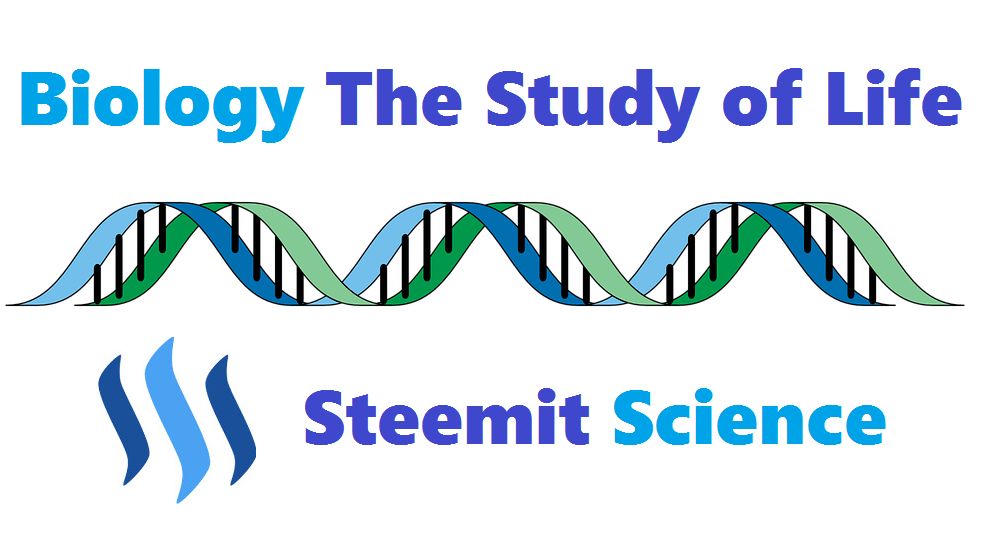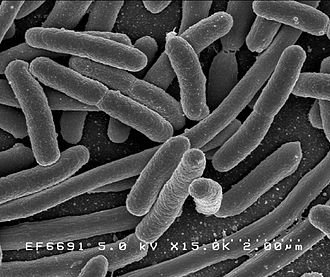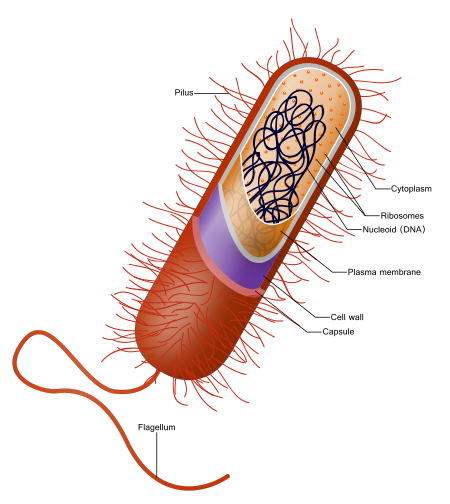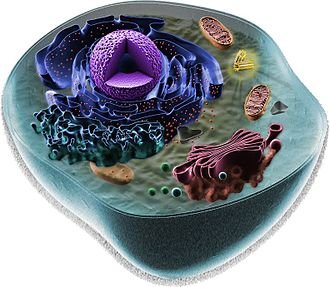
Introduction
This informative series of posts will explore modern biology; the fundamental principles of how living systems work. This material will always be presented at the level of a first-year college biology course, without assuming any prior background in biology or science. It also presents material in a conceptual format. Emphasizing the importance of broad, unifying principles, facts and details in the context of developing an overarching framework. Finally, the series takes a historical approach wherever possible. Explaining how key experiments and observations led to our current state of knowledge and introducing many of the people responsible for creating the modern science of biology.
The fourth post outlines the hierarchical nature of biological systems then describes two levels of the hierarchy, the organism, and the cell, that are especially important for understanding living systems.

Once a system for transmitting information in reproduction has arisen, errors invariably occur, leading to variation, competition, and evolution by natural selection. The organism is the unit that reproduces in biology and, thus, the level of organization on which natural selection most commonly acts. The cell is the smallest unit of organization that can be truly called “living,” and even in more complex organisms (such as humans), the cell remains the most fundamental unit of function. This post concludes with a review of cellular organization, drawing the distinction between prokaryotic and eukaryotic cells.
Living systems are fundamentally orderly and form a hierarchical progression from small, simple units to large, complex ones.

- Molecules are the smallest biological units and are where biology most closely interfaces with physics and chemistry.
- Cells are specially organized collections of molecules.
- Tissues and organs are organized collections of cells.
- Organisms are organized collections of tissues and organs.
- Populations are groups of organisms of the same type.
- Communities are collections of populations of different types in the same geographical location.
- Ecosystems are collections of communities linked together by geophysical processes.
- The biosphere is the largest possible ecosystem on a planet and incorporates all life on that planet.
Although each level of this hierarchy is built on the levels before it, each level of organization has properties that could not be predicted by examining the smaller levels.

These are called emergent properties. For example, the way neurons in the human brain function is well understood, but this understanding does not predict or explain higher brain functions, such as memory or emotion. Emergent properties arise from the organization of components at a particular level, rather than from the components’ individual capabilities. One consequence of emergent properties is that, to understand any living system deeply, it is usually necessary to examine the system on all hierarchical levels.
Two levels of organization play particularly important roles in understanding how life works.
The first is the organism.

Organisms (which can be single-celled or multicellular) are particularly important. They are usually the level of organization that reproduces and are subject to evolution through natural selection. Heritable traits are traits passed from a parent organism to its offspring through the transfer of information in reproduction.
It is unlikely that each copy of the information will be identical, however, because errors may creep in during the copying process. Even modern DNA, with its error-prevention mechanisms, is prone to errors. When errors occur, offspring will not be identical to each other, producing variation. Because errors are random, variations are difficult to predict.
A consequence of variation is that some individuals may be better at obtaining and using resources than others, for example. As the number of organisms in the same place grows, they will compete for resources. Offspring with characteristics that make them better at competing for resources will reproduce more often and, eventually, outnumber individuals with less advantageous characteristics.
Variation and competition lead to evolution through natural selection; characteristics that make organisms better at competing for resources are called adaptations. Modern living systems can be largely understood as a collection of adaptations resulting from evolutionary processes. Because organisms reproduce, natural selection acts on individual organisms, rather than the components of an organism or groups of individual organisms.
The cell is the second critically important level of organization for understanding how life works, for two reasons.

Cells are the smallest units of biological organization that can be considered complete living systems. Many features of the molecular processes underlying life are best understood in the context of how and where they occur in a cell. Multicellular organisms are composed of many types of cells, each with different functions; however, each specific cell function needs to be understood on the cellular level.
Cells are also important because of their packaging—that is, their ability to separate “insides” from “outsides” and different kinds of molecules from each other. The chemistry of life is complex; it is this chemistry that enables the complexity of modern life. The packaging and separation provided by cells allows many distinct chemical processes to coexist in the same organism. C.
Cells can be categorized into two broad classes.

Prokaryotes are structurally simple with little or no internal compartmentation.

- They are enclosed by a single cell membrane (or plasma membrane) made of lipids.
- All prokaryotic cells are single-celled organisms, though they sometimes occur together in large masses.
- Bacteria are characteristic of modern prokaryotes.
Eukaryotes are more complex cells with many internal compartments.

- All multicellular organisms are eukaryotes, though some eukaryotes are single-celled.
- The internal compartments of a eukaryotic cell are called organelles, each of which has its own lipid membrane.
Organelle function can be divided into three main categories: information processing, energy processing, and packaging of chemical products.

The nucleus is the organelle most associated with information processing. It is surrounded by two membranes (the nuclear envelope). This envelope has pores for input and output. The nucleus contains long, single strands of DNA called chromosomes, which become visible during cell division.
Mitochondria (which break down sugars) and chloroplasts (which capture energy from the sun through photosy#nthesis and store it in sugars) are associated with energy processing. Only plant cells and certain single-celled organisms have chloroplasts. Mitochondria and chloroplasts have their own internal structures and DNA.
The set of packaging organelles is collectively known as the endomembrane system. Its most prominent organelle is the endoplasmic reticulum. This system as a whole is a collection of biological containers that can move, separate, package, and transport chemicals, similar to a chemical manufacturing plant.
Conclusion

Honeybees are eusocial insects, in which the queen is the only individual in a hive that can reproduce, but she cannot do so without the help of many sterile workers. If all organisms were like honeybees, this would change our view of the central importance of the “organism” as an important level of organization in the hierarchy of biology.
END PART 4
BIOLOGY THE STUDY OF LIFE:
PART 1 INTRODUCTION
PART 2 WHAT IS LIFE
PART 3 ORIGIN OF LIFE
PART 4 CELL TO ORGANISM
PART 5 PROTEINS

 or
or  @pjheinz
@pjheinzImage Credits:
ALL IMAGES UNLESS NOTED - Pixabay
CC0 Public Domain
Free for commercial use
No attribution required
